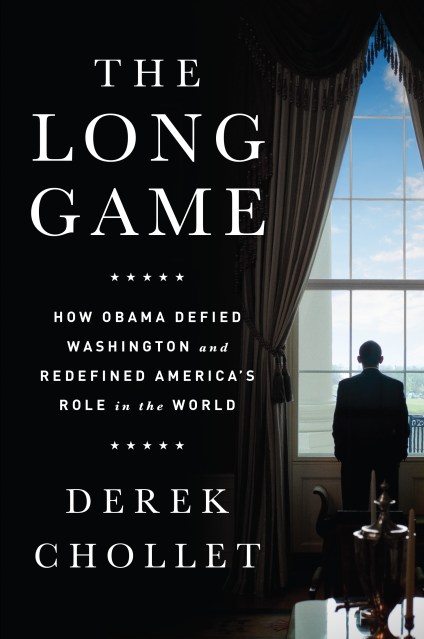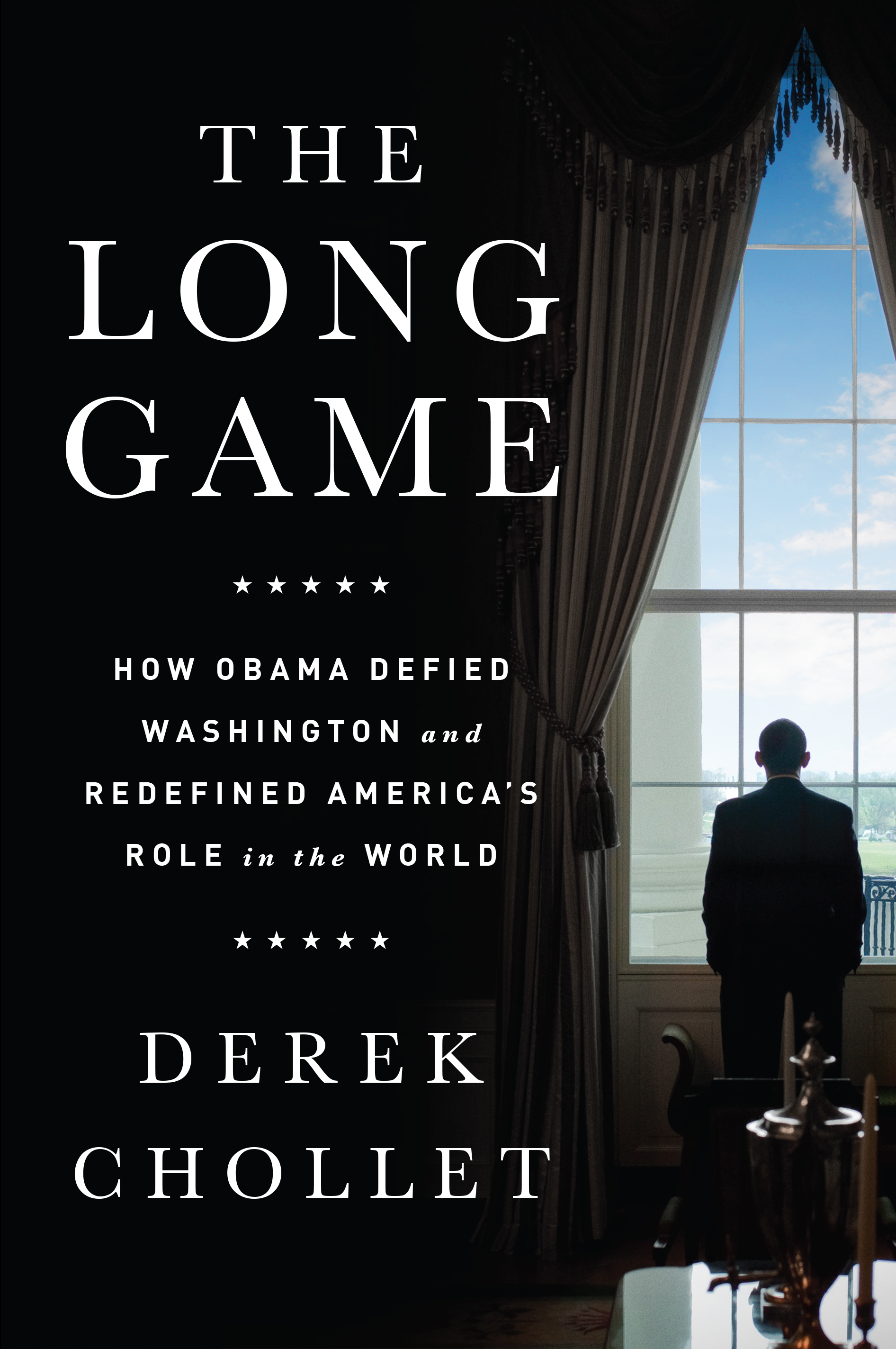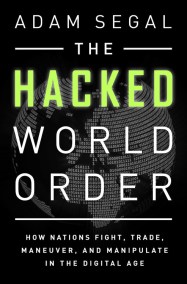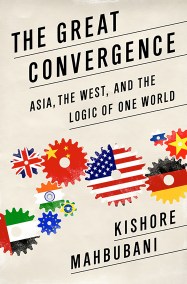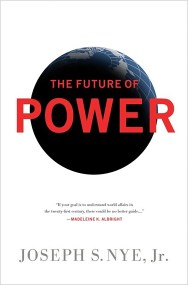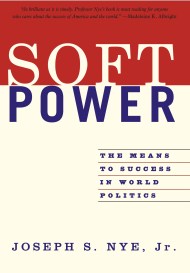Promotion
Use code MOM24 for 20% off site wide + free shipping over $45
The Long Game
How Obama Defied Washington and Redefined America's Role in the World
Contributors
Formats and Prices
Price
$17.99Price
$21.99 CADFormat
Format:
- ebook $17.99 $21.99 CAD
- Hardcover $26.99 $34.99 CAD
This item is a preorder. Your payment method will be charged immediately, and the product is expected to ship on or around June 28, 2016. This date is subject to change due to shipping delays beyond our control.
Also available from:
The Long Game combines a deep sense of history with new details and compelling insights into how the Obama Administration approached the most difficult global challenges. With the unique perspective of having served at the three national security power centers during the Obama years — the White House, State Department, and Pentagon — Chollet takes readers behind the scenes of the intense struggles over the most consequential issues: the wars in Iraq and Afghanistan, the meltdown of Syria and rise of ISIS, the Ukraine crisis and a belligerent Russia, the conflict in Libya, the tangle with Iran, the turbulent relationship with Israel, and the rise of new powers like China.
An unflinching, fast-paced account of U.S. foreign policy, The Long Game reveals how Obama has defied the Washington establishment to redefine America’s role in the world, offering important lessons for the next president.
Genre:
- On Sale
- Jun 28, 2016
- Page Count
- 288 pages
- Publisher
- PublicAffairs
- ISBN-13
- 9781610396615
Newsletter Signup
By clicking ‘Sign Up,’ I acknowledge that I have read and agree to Hachette Book Group’s Privacy Policy and Terms of Use
